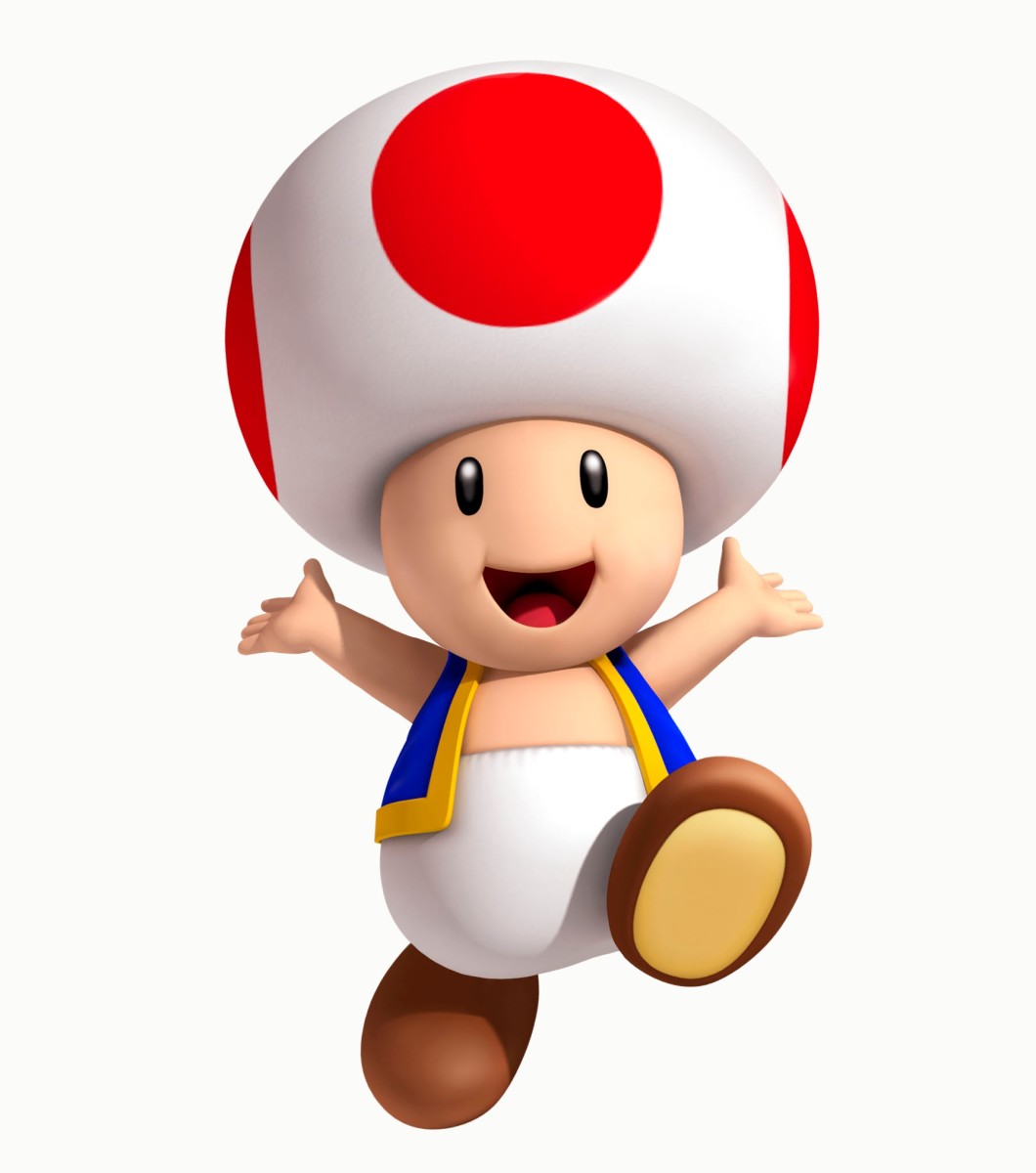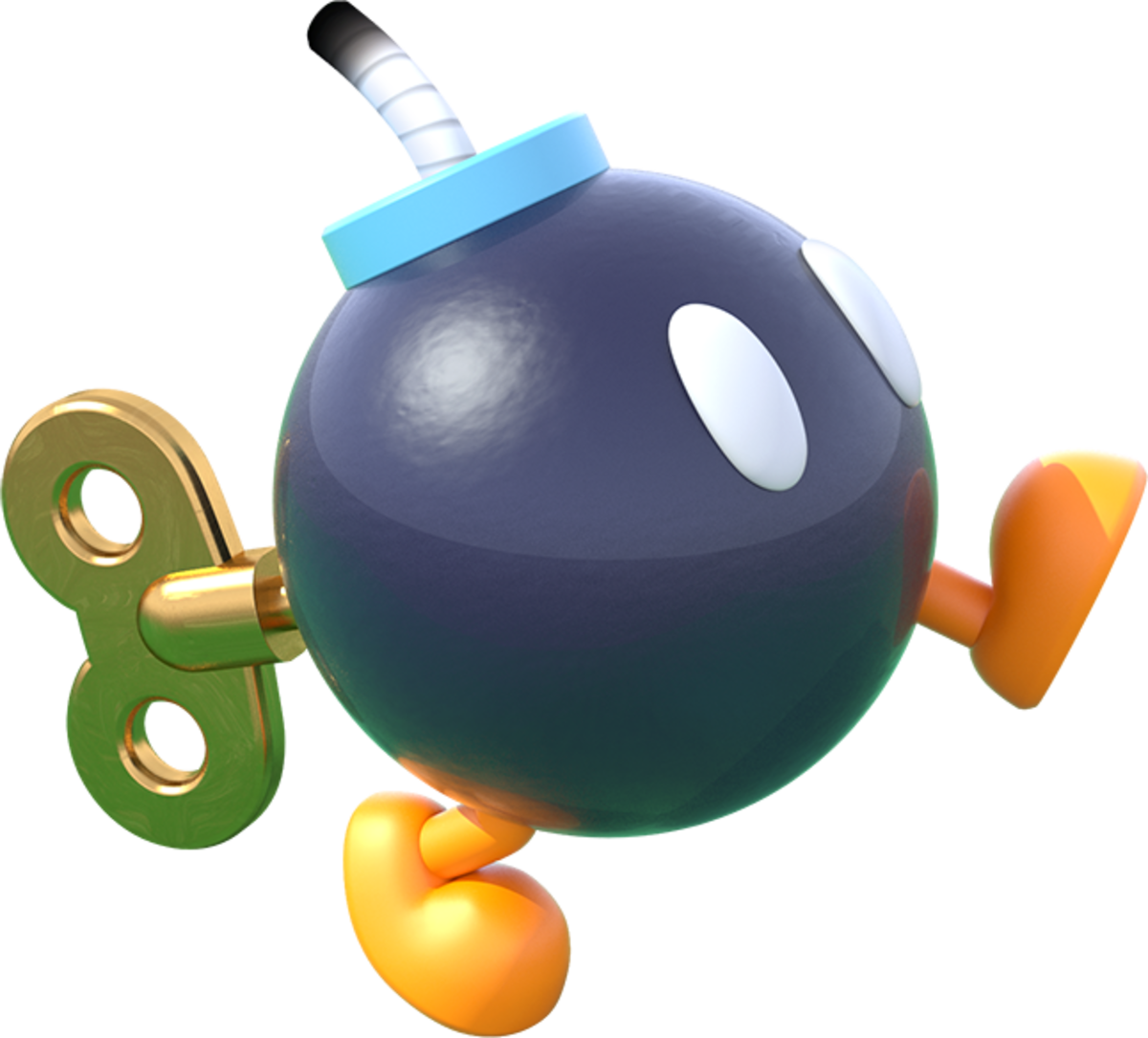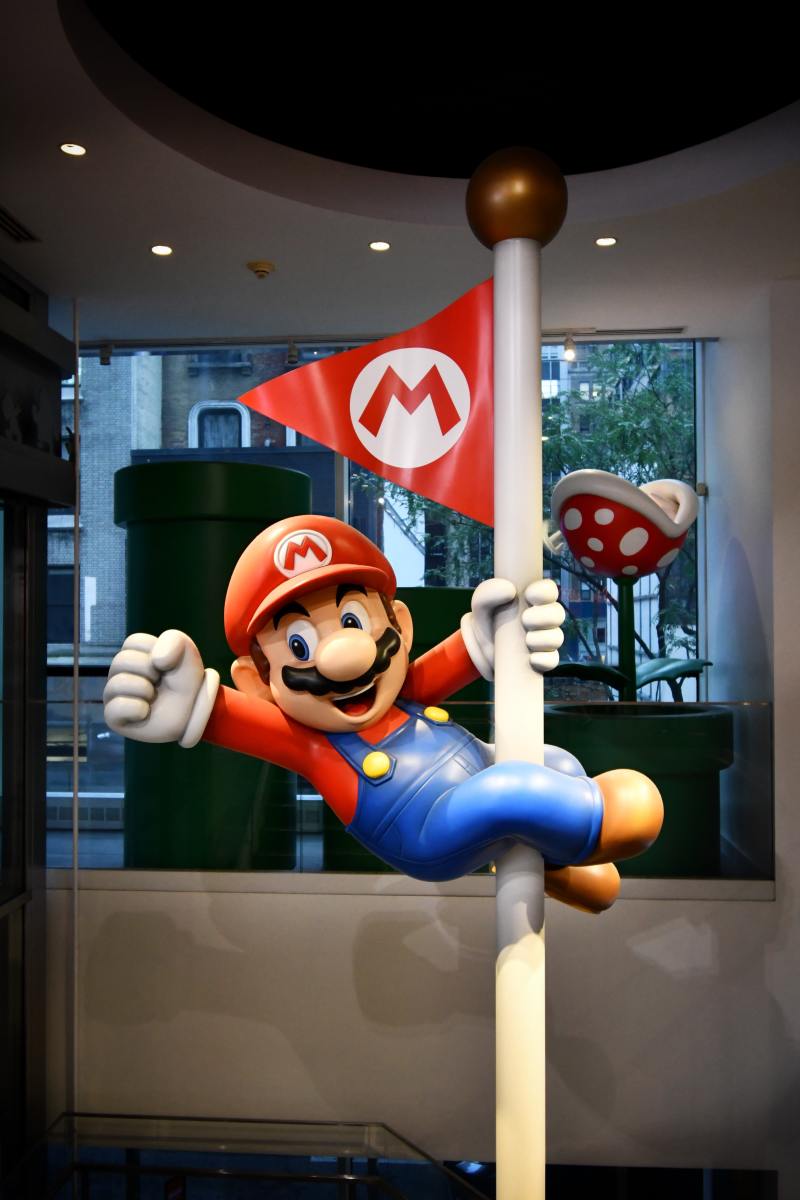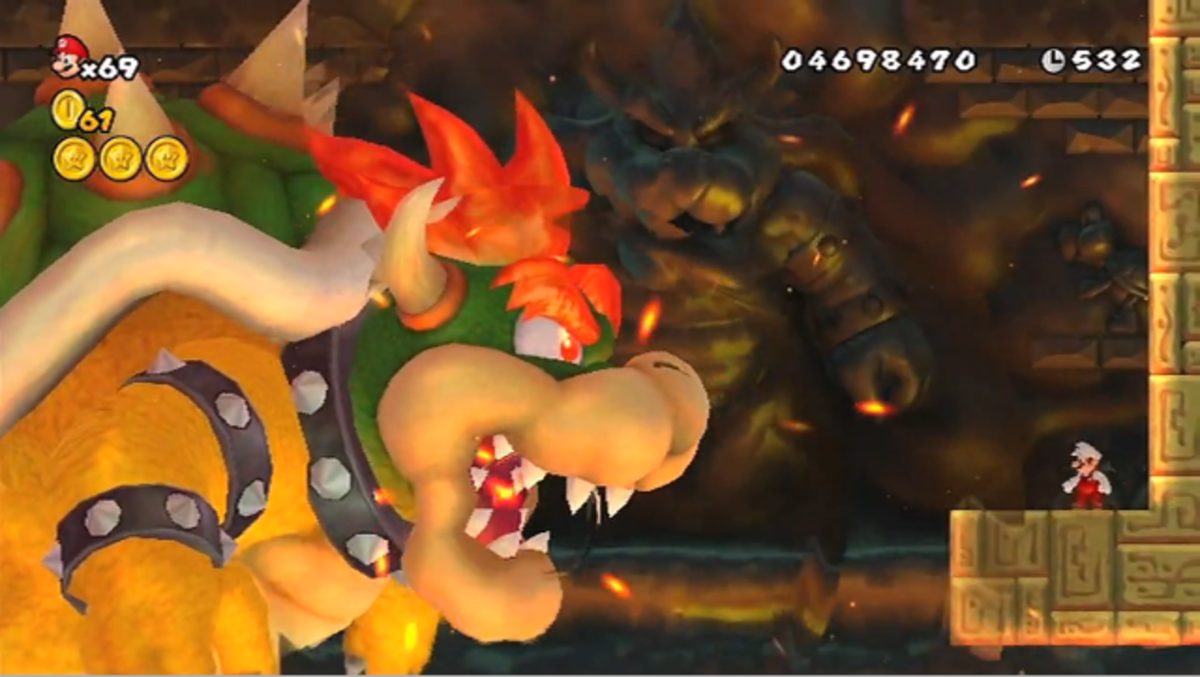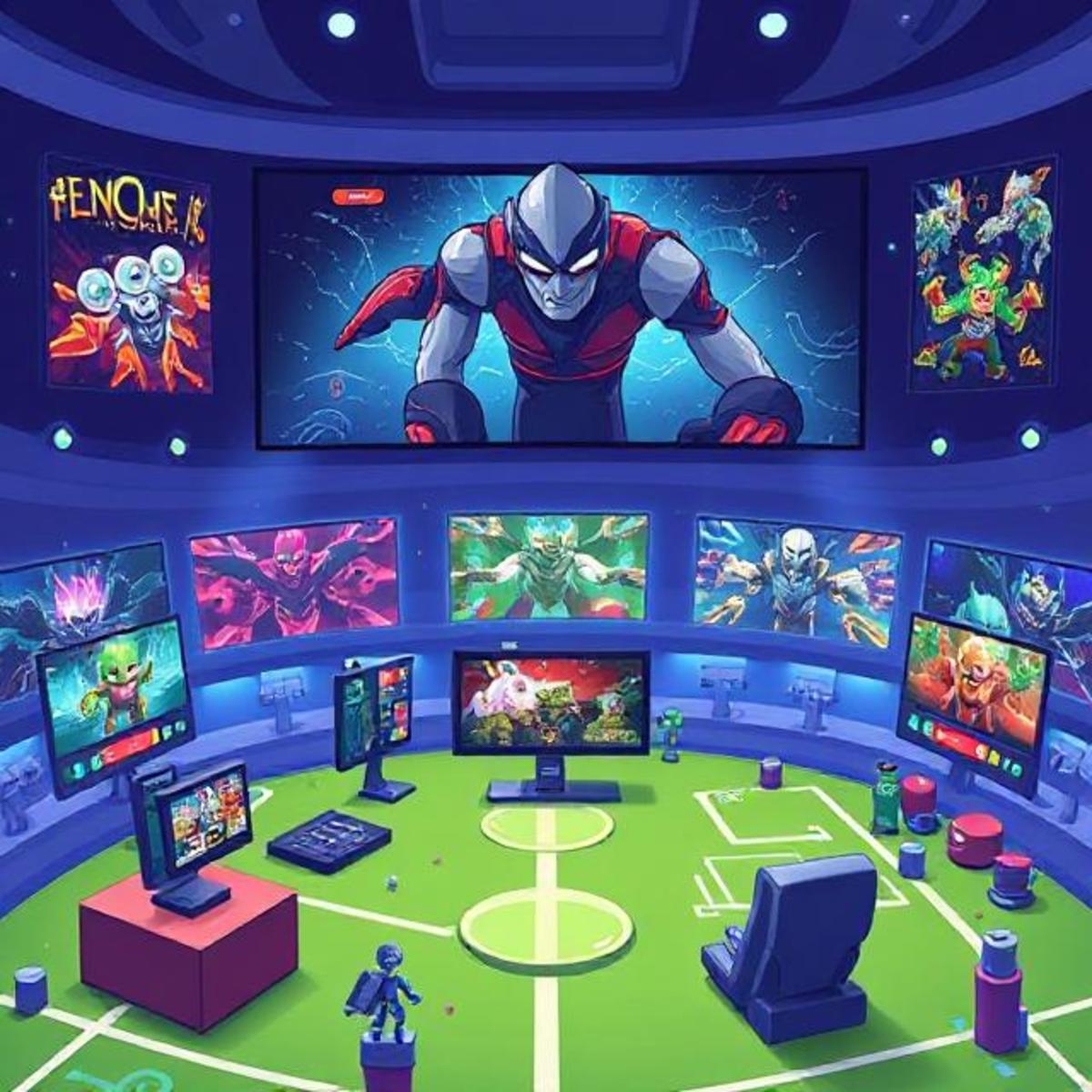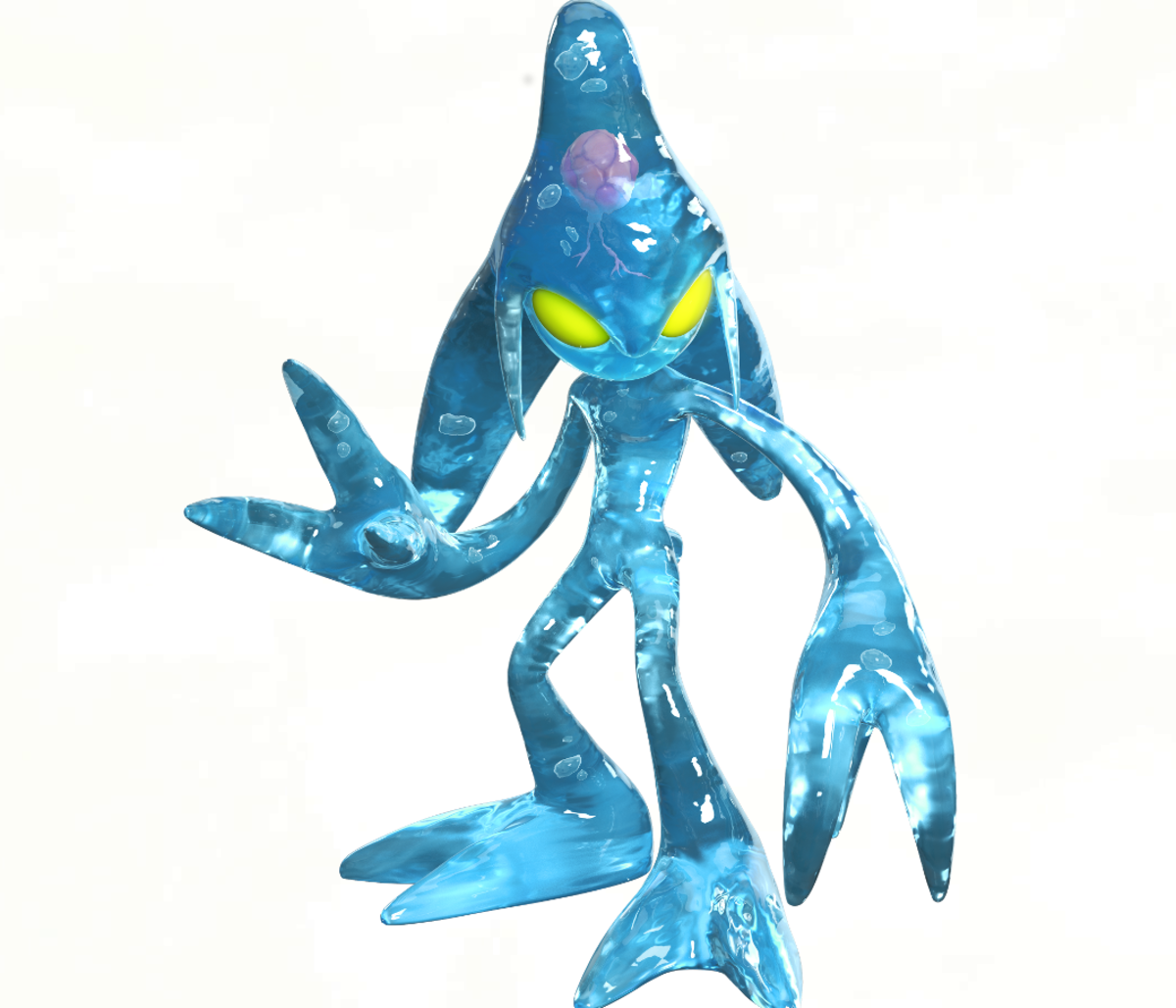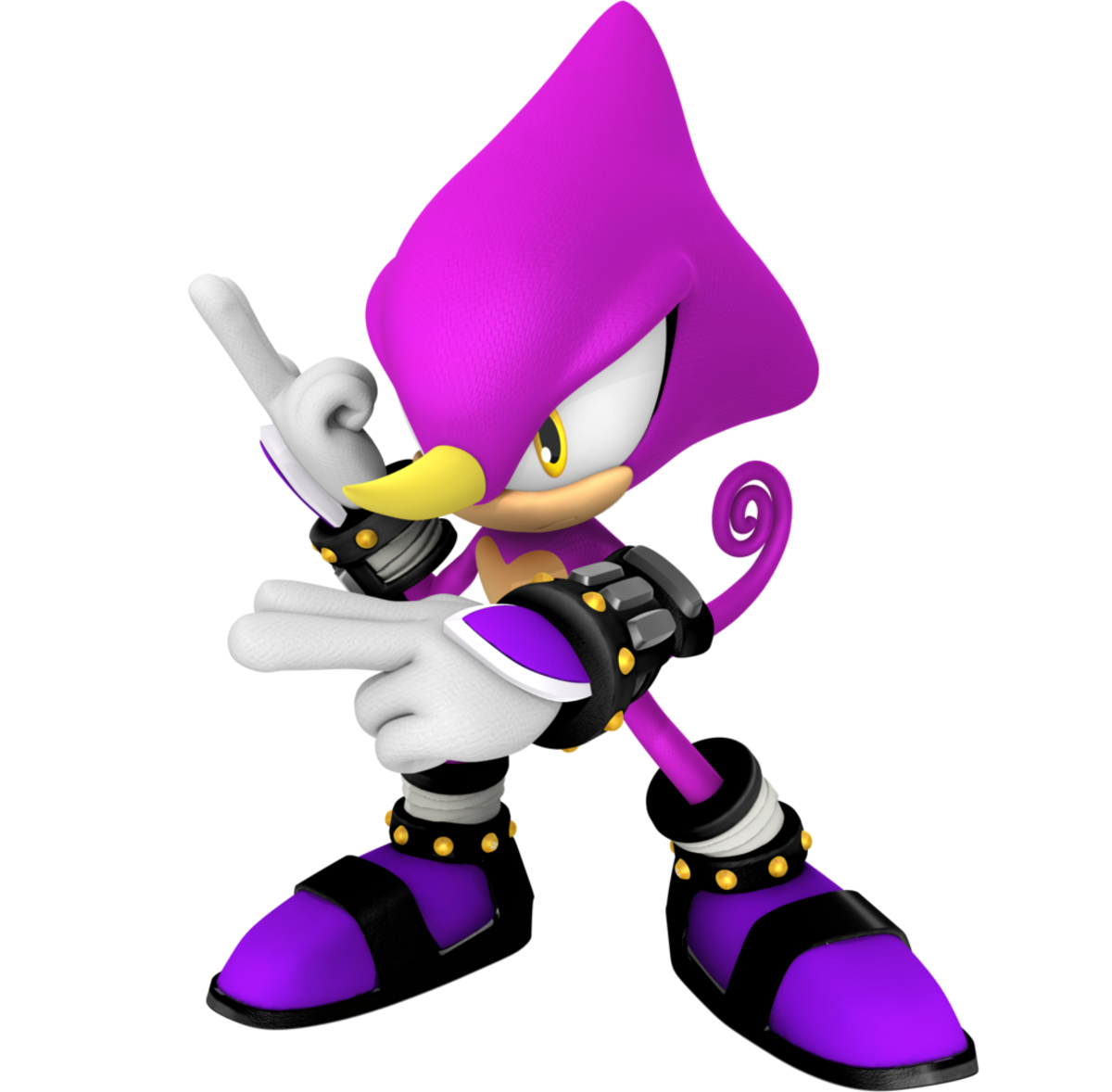Top 9 Favourite Super Mario Games
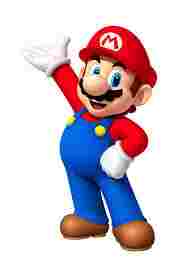
It's a me, Johni-o!
When the name 'Mario' is uttered, everyone thinks of the world's most famous Italian plumber, and video gaming's favourite mascot. For most video gamers, Nintendo provided the first experiences because of how available the gaming giant's consoles were, and how wide in variety its games were. And if you weren't with Nintendo, chances are you were a huge fan of Sega consoles and games. To this day Super Mario remains the most successful and widespread video game franchise, as well as the most expanded upon. The entire franchise is worth over 12 billion pound sterling, and Mario has starred in over 200 titles. It's obvious then that people can't get enough of him.
But for years I've had an on-off relationship with the burly hunk that plagues us in everything Nintendo, and many titles since the Wii have been less than impressive. He caters to all kinds of audiences not just in the platforming genre but also puzzle, party, sport, racing and even a feature length, making him the largest followed video game mascot. There are titles that deserve more credit and love than others, and in this article I hope to give you my personal favourite Mario games.
For a game to make it to the list, it simply has to be one I enjoyed from long ago and star the character Mario in any form (be it super or baby, I don't mind). The exception is things like cameo appearances and fan games - Mario's role has to be a large one and a game on a Nintendo console (so PC releases like Mario's Time Machine won't make it). Let's have a look at my Top 9 Favourite Super Mario Games!
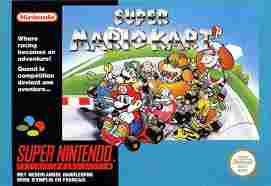
Number 9: Super Mario Kart
Let's start off with a definitive classic: Super Mario Kart on the Super Nintendo Entertainment System (commonly abbreviated as the SNES). I think the word 'super' defines both the game and the console because not only did Mario's first racing game see great reception, it also became known as the first mascot karting game. This was the first Mario game that didn't have a plot, and the only Nintendo game to have such a major influence on the Playstation One, so you can see for yourselves why I call it super.
The gameplay wasn't very innovative and there were some kinks to be ironed out but this would be seen to in later games. Characters from all across the small-at-the-time Mario universe would be in karts to test their mettle in a number of cups; each cup consisting of 4 tracks with three laps to each. The tracks didn't have as much detail as F-Zero, but they were still just as large and gorgeous to look at. It also started the trend racing games using projectiles for an unfair advantage over other racers, involving slippery banana peelings (with smiley faces on them), koopa shells and mushrooms to increase speed. The items were few, but to this day Super Mario Kart holds a lot of replay value and novelty, and with friends you can have a lot more fun with this than most of today's video games.
Super Mario Kart's influence over other mascot games was huge especially on the Playstation. Most famously is Crash Team Racing, the game that was seen as the PS1 successor of its inspiration and its future competitor, Mario Kart 64 on the, you guessed it, Nintendo 64. Soon games such as LittleBigPlanet, Disney, Looney Toons, Lego, Final Fantasy would all be trying to cash in on the boom of karting games, and it wouldn't nearly be as popular if not for this beauty.
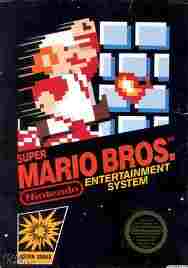
Number 8: Super Mario Bros.
I ought to mention that the place where these games come in doesn't matter on this article as much as others. SMB is usually called the first Super Mario game, when in fact there were a good 10 or so games before this on consoles like the Game and Watch and in arcades, not to mention the huge amount of ports of Donkey Kong which boasts the most ports to any console to date (next to James Pond). What people usually mean is that this is Mario's first Nintendo Entertainment System (NES) appearance, but even then he saw six releases before 1985's SMB. Anyway, we can all agree that this is where traditional Mario platform gaming began, and very few titles at the time were doing something similar. It's primitive nowadays, but back then this was the 1985 Rayman Legends, if you can believe it. People got more excited in the mid-80s each time they died or passed a level than the youngsters on these Battlefield games and the like!
The whole objective of the Super Mario Bros. game was fairly simple: rack up points by destroying blocks, getting positive pick-ups (purple mushrooms would kill, but could still be consumed) and defeating enemies, whilst reaching the end of the stage before time runs out. The enemies weren't very varied, as they were mostly goombas, which were stumpy creatures which posed little resistance and koopa troopers, which were Bowser's favourite minion which had different functions. Underwater stages were also a big thing at the time, and there were different enemies there called Bloopers, squid like beings which had better underwater control than Mario, so it was easy to get hit by them. The power-ups were also quite limited but are a common sight in later Mario games, the most iconic being the mushroom, which increased Mario's size. This was the first time where health wasn't monitored as a meter (some games even killed in a single hit), as Mario would increase in size and have a different animation. If Mario picked up a fireflower, he would be able to take two hits before death, as well as gain the ability to cast fireballs. More additions would be added in later Super Mario games, including Super Mario World.
To this day platform games use a very similar formula and side-scrollers haven't advanced much except for in art style since this game's release. It is the pinnacle of video game inspiration, and the first level's music is known to every single person who had a brief interest in the game. To say that this is the granddaddy of all platform video games is just a mere fragment of describing how important this game is to the industry.
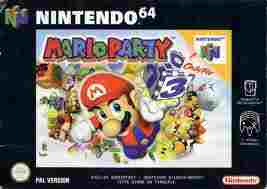
Number 7: Mario Party
Mario Party is another terrific title that once again influenced other consoles and brought the party genre into greater popularity. You'd think people would buy this game just because of the Mario name, but it's genuine fun and you could replace the characters with any from another video gaming franchise without any issues. The closest thing that ever became a 'clone' was Crash, Boom, Bang, the first great backlash against the Crash Bandicoot universe. Mario Party was introduced to the Nintendo 64 as the first party game of the console, and the first Mario title developed by Hudson.
Mario Party's gameplay may look simple, but there are a lot of rules and over 50 mini-games to wrap your head around. The idea of the game was to go around the board and collect as many stars as you could before all the rounds were over, and several spots on the map would have different effects. Some would award, steal or swap stars from and with other players, making for some interesting gambles. When all players (and the AI) had taken that round's turn, a random mini-game would begin and award winners with a star and coins. Coins were given a purpose outside of the main adventure mode, as they could be used to unlock more mini-games to play amongst miscellaneous extras.
Because of its critical success, Mario Party brought much demand to the party game genre but sadly the supply simply could not compete. The game lots of people seem to remember is the Playstation equivalent based on the Crash Bandicoot series, Crash Bash. While I see it as a redundant and frustrating knockoff, I can still see the appeal, and I won't deny that it's cracking fun in multiplayer. I would still recommend Mario Party for its polish and shine over any other party game.
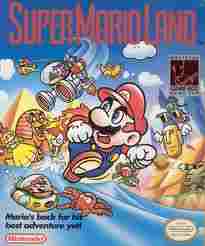
Number 6: Super Mario Land
When it comes to the old Mario platformers, this is by far the most varied of them all. The world of Sarasaland and its inhabitants, Princess Daisy and the main antagonist Tatanga are covered deeply in many cult followings of the game, and it's one of the most clever Game Boy games of its time. First impressions will tell you that it's an even worse version of the original game on the NES, but by playing it for around 10-20 minutes, you'll see that this is a very inventive and clever game for its time. How many GB games allowed you to ride in numerous vehicles like spaceships and submarines and have alternate paths and hidden levels? None come to mind. This may seem like nothing to the average platform gamer now, especially when many in the Playstation 2 era aimed to pack their games full of these things, but at the time it was as though this game was about to burst with all its content.
This game has players rescuing the damsel in distress, Princess Daisy, from the grips of the alien Tatanga. If Mario doesn't navigate the world of Sarasaland then she'll be married to him and.... that's about it. I don't see what he can do with her as his wife, except say he has one, and he'll probably be laughed at the weekly Villains Anonymous meetings if he mentions it. The enemies in this game differ quite a lot but they're hard to describe and aren't all that memorable - it took me multiple trips to the Mario wikis across the net just to recall the names of the silliest designs. In this game Mario also has a projectile to use so the fire-flower isn't available, but players can still pick up the legendary starman from time to time, with music very different to how we once knew it. Speaking of the soundtrack, I'd strongly recommend readers to give it a try - it's quite catchy!
Overall an excellent platform game and while it may not be as attractive as others, it still does a lot of new and interesting things.
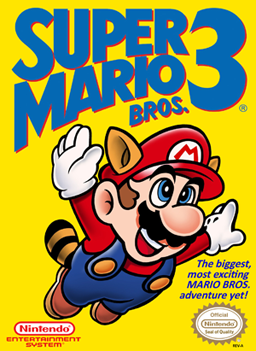
Number 5: Super Mario Bros. 3
This game was titanic upon its release for multiple reasons, but the one everyone remembers is because it was the first launch title of the SNES. I'm sure we all remember seeing this game in the classic video game-themed film, The Wizard, where it was revealed for the very first time behind a huge gate of Hell. Not only this but James Rolfe (the Angry Video Game Nerd) managed to find a lot of satanic symbols and references in his review which may have been for humour but it was a scary realisation. SMB 3 is what a lot of people remember as the ultimate Mario game, not only for its new innovations such as different suits (Tanuki, Statue and Frog), a map screen, loads of secrets and obscurities amongst a lot of new enemies which even include a murderous, irate sun. It received critical acclaim but many reviewers agree that the graphics weren't the strong suit on a 16-bit console, even though in this day and age its visuals are one of its finer points.
In Super Mario Bros. 3 players have to defeat the different Koopalings, the sons and daughters of Bowser, before facing him in his fortress. The game introduced Mario's ground pound for the first time, as well as multiple costumes which would change Mario's abilities. For example the frog suit would make him swim faster but debilitate his speed on land; the Tanuki suit gave him a short period of flight time and the statue form allowed him to turn into stone, rendering him invincible while enemies walked past him. It was also the first game to introduce an overworld (lobby), where players had to compete one level before another, but could also find secret paths to get further in the overworld, or go to later zones. Later more challenges to navigate the lobby would be introduced such as rivers (where boats and different pipes were needed) and even on the 8th world you could die in lava if you didn't cross a certain bridge at an appropriate time.
SMB was a very fun title for its time and still to this day retains a lot of replay value. It has seen numerous ports to home and handheld consoles, and is one of the most popular emulated games on PC to date. It was this title that really upped the quality of future Mario platformers, but sadly most games remove a lot of features but keep them in another - this game is the reason why you don't do that.
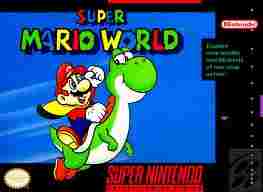
Number 4: Super Mario World
Once again, Nintendo wanted to make a game-changer and they had. This was the 'pack-in' launch title for the SNES, which would show the world just how much Nintendo wanted to expand upon their original gameplay with a colossal overworld and complex level designs. Super Mario World brings more power-ups, more environments, more enemies and even introduces our good friend Yoshi the dinosaur, as well as others of his kind. Upon its release the game saw a huge amount of sales and worldwide positive reviews, but much like SMB3, its visuals were sometimes called out as being less than average.
Super Mario World has Mario and Luigi going into the Dinosaur Lands where Bowser and his offspring have been causing havoc, and it's up to the Italian brothers to stop the mayhem that's filling this world. Players will be going through lush forests, harsh deserts, glimmering caverns and even haunted houses. The game introduces the centipede monsters, multiple types of goomba, Bob-ombs and the scariest of all, the Boos. The game also upped the difficulty and it's very easy to get stuck in certain places. I for one absolutely hated the haunted house stages because of how hard they were to navigate, and being around 7 years old and being timed, things weren't much easier. Even as an adult I struggle to get all that far, but being older and wiser I can see where a lot of the secret levels and routes are.
Super Mario World really is a world, and it's the first time this side has been shown along with the Super Mario RPG and Super Mario Land 2: Six Golden Coins. The loading times whilst on the map screen are non-existent and it's easily the largest lobby I've seen on the SNES, further adding to the sense of exploration and depth. It may not look like much today, but SMW is truly a different game to what else we've seen at the time.
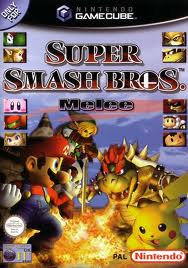
Number 3: Super Smash Bros. Melee
While technically not a Mario game per se, it still features the character and I would say his role is rather large. It's often speculated that the Smash Brothers are Mario and Luigi, but others will say they may be Game & Watch characters or original designers of the game, but I shan't give into rumours. I say Melee rather than the others because I've not played Brawl nor have I extensively played the original on the N64, and I really don't like talking about ports and remakes on these lists but instead the real thing.
Super Smash Bros. brought a lot more to the fighting world than usually seen. For starters, health is monitored in a different way - rather than the bar go down, a percentage goes up, and the higher it does, the further the character flies away off screen. Not only will this make fights a lot more tense and the need to stay on the ground more important, but it also carried onto later games such as Brawl and Universe, proven to be popular and effective. The game also has a roster of characters not just limited to one franchise - here we have Super Mario, Legend of Zelda, Fire Emblem, Ice Breakers and F-Zero and many more. There are 25 characters total (26 counting Zelda turning into Shiek and vice versa), most of which have to be unlocked by meeting certain challenges. Because of the emphasis on the unknown, and trying to figure out secrets of unlocking certain characters, it was easy to make up rumours and troll your friends. One of the most common rumours I heard amongst a close circle of friends was that you could in fact unlock Sonic the Hedgehog, but I can't remember the requirements that would supposedly make him a playable character.
The objectives of the game are fairly simple: knock your opponent off the screen, and increase your chances of doing so by attacking foes. This can be achieved by a variety of moves, which don't just involve generic kicks and punches, but also class exclusive abilities. Characters like Yoshi and Kirby can consume enemies and poop them out, taking their abilities; Pikachu and Ness can fire guided projectiles at foes, and larger characters such as Bowser and Donkey Kong can use much heavier attacks and remain grounded for longer. There are items players can use varying from baseball bats to super mushrooms, pokéballs to summon random creatures or laser weapons, but they're not really needed, as the real damage comes from player characters.
This game is best played with friends and family rather than alone, because apart from a few challenge modes to unlock trophies and coins used to purchase extras, there's not much to it. The single player campaign will allow you to hone your skills with each character, but it will become tedious after doing it on over three characters in a row. Still, this is more than can be said for a lot of fighting games with mediocre campaigns and considerably lacking modes other than "fighting" and "fighting but in a different way".
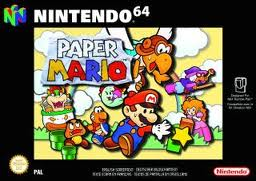
Number 2: Paper Mario
It was quite clear that Nintendo wanted to go in another direction with the Mario universe. They were entering the world of 3D and knew all the risks. It was a rocky transition, and by looking at their biggest competitor - Playstation - they could see how hard it was to make the steep climb to these newfound heights. The name Mario wouldn't stop their 3D platform game on the Nintendo 64 from going bust, and it could've ruined them for life.
Enter Intelligent Systems, a new kid on the block with very few big names under its belt. While they had done a lot for Nintendo in the past and were one of the few 3rd party companies to develop games for them, their name would become huge at the time for they had created another Mario RPG. Paper Mario is distinctly different to the other games for it expands greatly on the existing characters of the Mario universe, adds new and never-before-seen objectives and gamelay, plus a combat system that was very well renowned at the time. It was the perfect time to take a break from hopping and ground-pounding, and this gave me a fresh buzz for Mario when I first came across it.
Everyone who has so much as glimpsed at this game will notice its visual style is considerably different. For starters, everything's made of paper. It's like a puppet show-slash-popup book, and has lots of new gimmicks like transforming into a paper plane, boat and even slipping through narrow spaces, but not narrow enough for a sheet of paper! This hadn't been done before, and the RPG elements only helped with the appeal of the game, but we'll move onto that shortly. The game's story is all the 7 Star Spirits which have been locked away while Bowser steals their magic wand that grants all wishes. Only one of them managed to escape, and it's him who explained the situation to Mario to begin his quest. On a mission to rescue Peach and the Star Spirits, Mario takes a new look at the world, and so do Nintendo.
Most of the gameplay isn't like traditional Mario platforming. To begin with, most of your old acquaintances such as koopas and goombas are friendly. In towns they will sell you items, look after your mail, give you hints and in return you can help them out with certain things. In the open world however you will still encounter troops loyal to Bowser, and you can't just stop them by jumping on them and kicking shells in their faces, but that is part of it.
Combat in this game is more than just a turn based snooze-fest, but rather quite dynamic and intuitive. While it is bare bones Final Fantasy using certain spells, items and weapons, there are things you need to watch out for. Your main weapons are the hammer and jumping, both of which can be upgrade and changed with badges. Hammers are best used for enemies with spikes on their heads, whilst jumping is good for airborne targets. And it doesn't end there - you can also get a variety of bonus attacks in with certain badges or abilities, such as extra jumps, or stronger hammer blows if you hold the joystick to one side then slam it into another.
Companions play a vital role in combat too, as they each have their strengths and weaknesses. Some are better at getting airborne targets, but they might take damage a lot easier, and that means Mario loses some health. Not only in combat do they have their role but also in the world where they may need to use a special power. Add to that changes to dialogue depending on which character you have accompanying you, and there's some great exchanges to be found in multiple playthroughs of the game.
If you haven't tried Paper Mario yet either on the N64 or the Gamecube (I wouldn't recommend the 3DS or Wii titles), then don't make up excuses - get them and I guarantee you will love them.
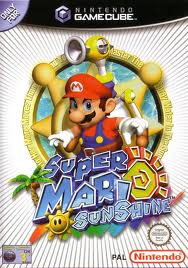
Number 1: Super Mario Sunshine
Super Mario Sunshine has always been my favourite Mario game of all time, bringing the franchise to newfound heights and exciting discoveries. It gave both the series and the genre the kick up the backside that it so desperately needed, because ports to the Game Boy Advance were about to become common place, and they couldn't just keep remaking Super Mario 64. Speaking of which, I don't see why so many players were critical of this game when (in my utmost honest opinion) it improved on everything SM64 did to a tee. The character control troubles were finally brought to an end (yet there are still some camera kinks to be worked out); there's loads of collectables such as Shines (the replacement for stars, which didn't catch on) and Blue Coins which add tonnes of time to keep this game on the shelf and add whopping amounts of replay value. The biggest change of all though was making the most dazzling Mario game for its time, and even now in 2013 it looks stunning. This is the reason why people criticised the game: because they were so jealous that they didn't look half as good as this.
The game's plot is surprisingly extensive, showing high quality cutscenes to explain it. Mario and the team are having a vacation in Isle Delfino, where apparently he's been running around and graphitising the land with a magical paint-like substance. It turns out that a Shadow Mario character (later revealed to be Bowser Jr.) has been painting the isle but no proof can be given, so it's up to him to perform the public servant of cleaning up the isle. Granted the talking backpack FLUDD (short for Flash Liquidiser Ultra Dousing Device), Mario must clean up someone else's act before he can leave.
This is the first Mario game where you're taken out of the traditional jump and stomp gameplay but still remain a platform game. With FLUDD, players must shoot at paint to clean up the isle as well as paint-coated civilians to save the levels you enter. There will also be shines that're covered in paint, and by doing so you're awarded one. Sadly, I can see where people say that this is just a gimmick, but I'll save this for my retrospective review of the game.
Isle Delfino is no Peach's Castle, but it still looks great nonetheless. It's very large, encourages exploration through parkour and its inhabitants give some really nice (and horrid) feedback throughout the game. Believe it or not, your amount of shines also evolve the game, as the more you have the brighter the sun becomes to the point where Mario needs to wear shades! Plus the music is the meaning of the word terrific if you'd ever heard it.
But before we come to the conclusion of this article, let's say for the sake of argument that Super Mario 64 was perfect. If a sequel was made, would the original plans for a Super Mario 64 2, or Super Mario 128 be as good? No. It's a fact, and has been proven by numerous games on the Playstation. Take Crash Bandicoot 3 Warped - the perfect CB game, the Crash game to end all Crash games. How could you possibly top that? All a direct sequel would've done is disappoint players further, more so than this. Change, while we hate it, can be a good thing a lot of the time. Remember that before you start bashing this thing like a Jumpman hammer.
Conclusion
That ladles and jellyspoons concludes this list. I have to say that it's been quite an emotional joyride, looking back at these titles, playing them and finding out which ones would make it to the list and which wouldn't. Since Super Mario Galaxy I've been cynical about the Mario games because of not what they added, but what they didn't add. Looking at the upcoming titles for the console, have we really come far since 1985's Super Mario Bros.? Perhaps not but in all fairness I cannot complain.
I'm sure you'll disagree with the places and games on my list, as we all have our personal favourites. I know for a fact you're probably wondering where New Super Mario Bros. is (one that I really wanted to add) or Super Mario 64, but you're free to put yours down in the comments below. These are after all, my favourites. Perhaps I've inspired you to write a Hub of your own about your personal favourite franchise and its additions? If so, let me know - I'd love to check it out! Until the next time, thank you ever so much for reading, and have a pleasant day!
And while you're here, why don't you tell me what your thoughts are on my list and your personal favourite Mario games in the comments below?

